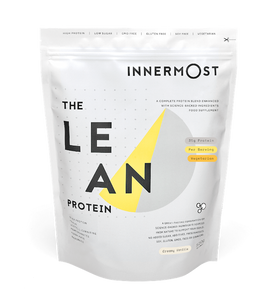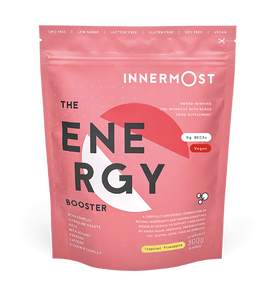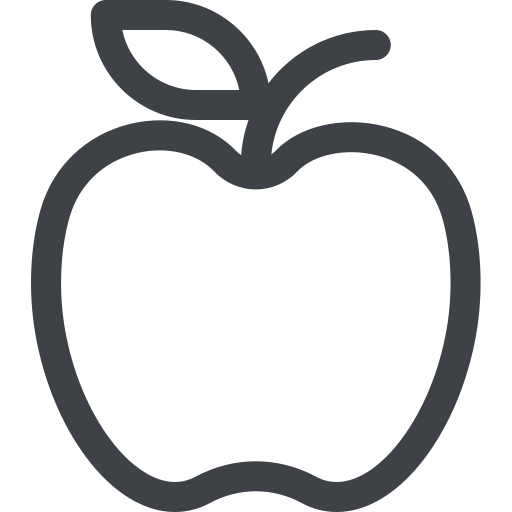Running 5K is an important achievement for new runners. The distance is manageable yet challenging, and 5K races are popular with runners of all ages and abilities.
Knowing the average 5K run time allows you to compare your speed with other runners, and puts you on the path to running faster, setting yourself goals and planning your next (or first!) race.
What’s the average 5K time?
The average time it takes to run a 5K, whether you’re racing or simply jogging by yourself, depends on factors including your age, your gender and how long you’ve been running for.
A 5K average pace per mile for women is around 13 minutes, and for men it’s 11 minutes. This means the average time to run a 5K for women is around 42 minutes, and for men it’s 35 minutes.
Runners with more experience may be able to achieve a pace of eight minutes a mile, resulting in a 5K run average time of 26 minutes. If you’re walking a 5K race, you can expect to get from start to finish in around an hour.
Whatever the time you achieve, completing a 5K race is still a great accomplishment - and now you’ve done it once, you can work on becoming faster and stronger.
The current world records for a 5K, as provided by the International Amateur Athletic Federation IAAF) were both set in 2019. For the women’s race, Sifan Hassan achieved a time of 13 minutes and 44 seconds. For the men’s, Julien Wanders hit a time of 13 minutes 29 seconds.
Preparing for your first 5K
3.1 miles may appear at first glance like it’s a walk in the park, but for new runners, it’s important to properly prep to achieve the best possible average 5K time.
Interval training is the best way to prepare. Start with runs of around 25 minutes, divided into internals of running and walking. For example, you could run for two minutes, then walk for one minute, and repeat. By slowly increasing the amount of time you run each time you train, you’ll increase your running distance slowly but surely every week.
It’s important to support your body while you’re training. Innermost’s The Fit Protein has been formulated exactly for training such as this, and will rehydrate your body and restore energy as well as supporting muscle growth and repair. To go that extra mile, The Energy Booster will help to raise your energy levels, improve your stamina and enable you to push yourself further, all crucial attributes when you’re working on improving your average 5K run time.
Nootropics can also be a great choice for helping you to focus your mind on the task at hand, and stay honed in on what you want to achieve. Our The Focus Capsules contain research-backed ingredients that help you increase your focus and concentration even when you’re under stress.
Improving your 5K run time
Interval training, mixing up the types of running workouts that you do and incorporating strength and flexibility training to your regime will help you to shave minutes off your average 5K time.
When you’re out on a run, try switching between the pace and type of running you’re doing. A mix of low-effort jogging, comfortably challenging running and sprinting will keep your body on its toes.
It’s also crucial to stretch and to properly warm up for your runs, to improve your running efficiency and avoid injuries.


















